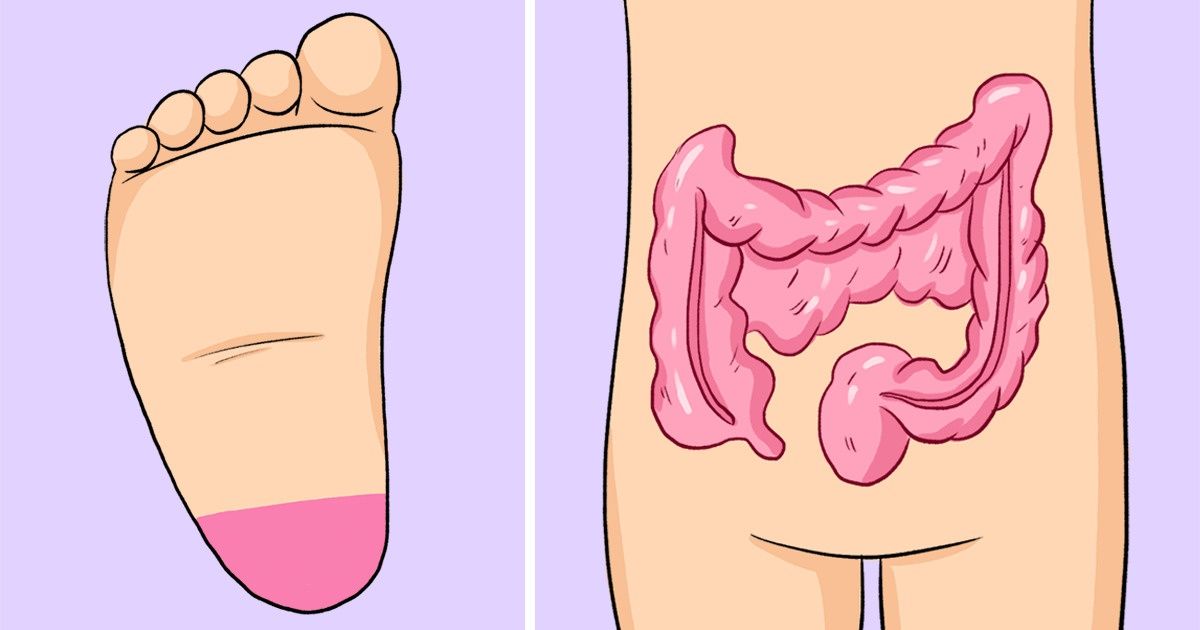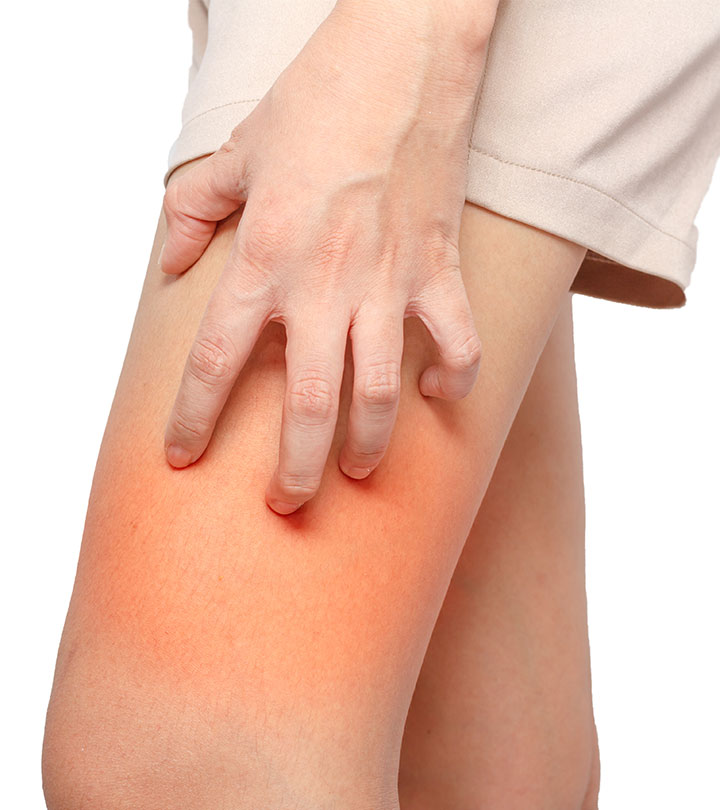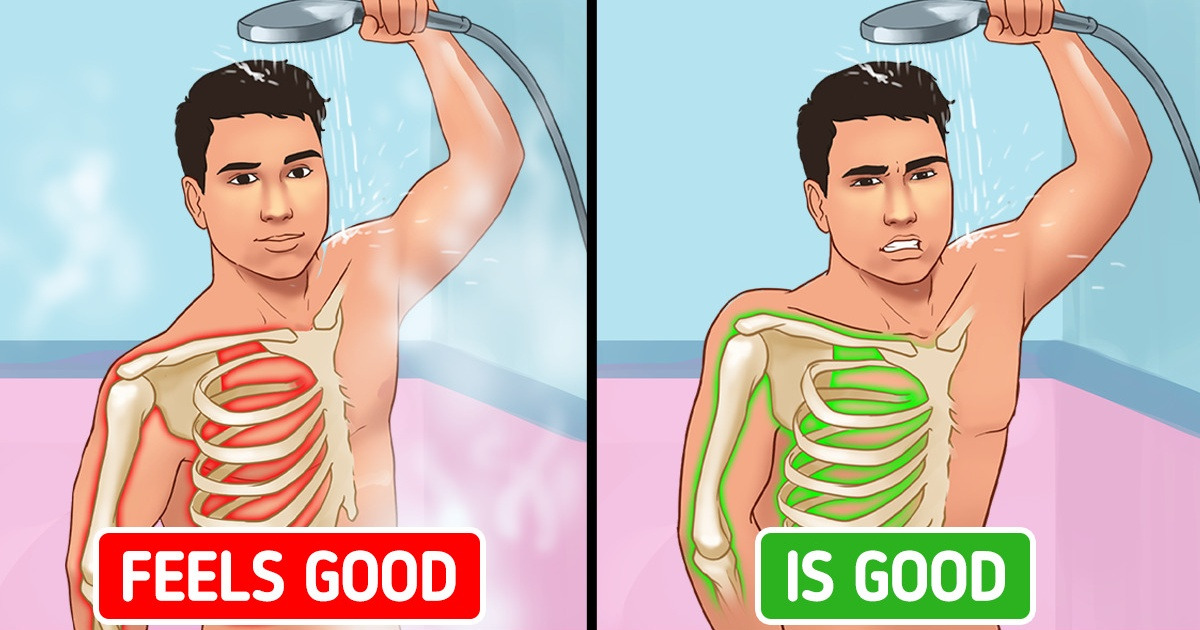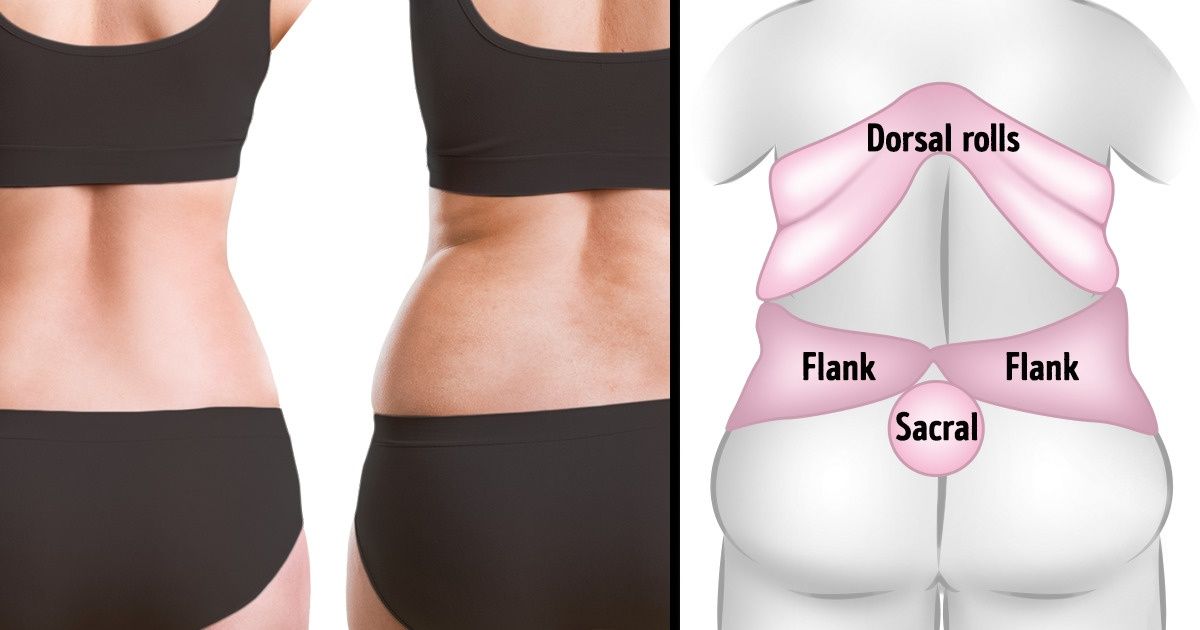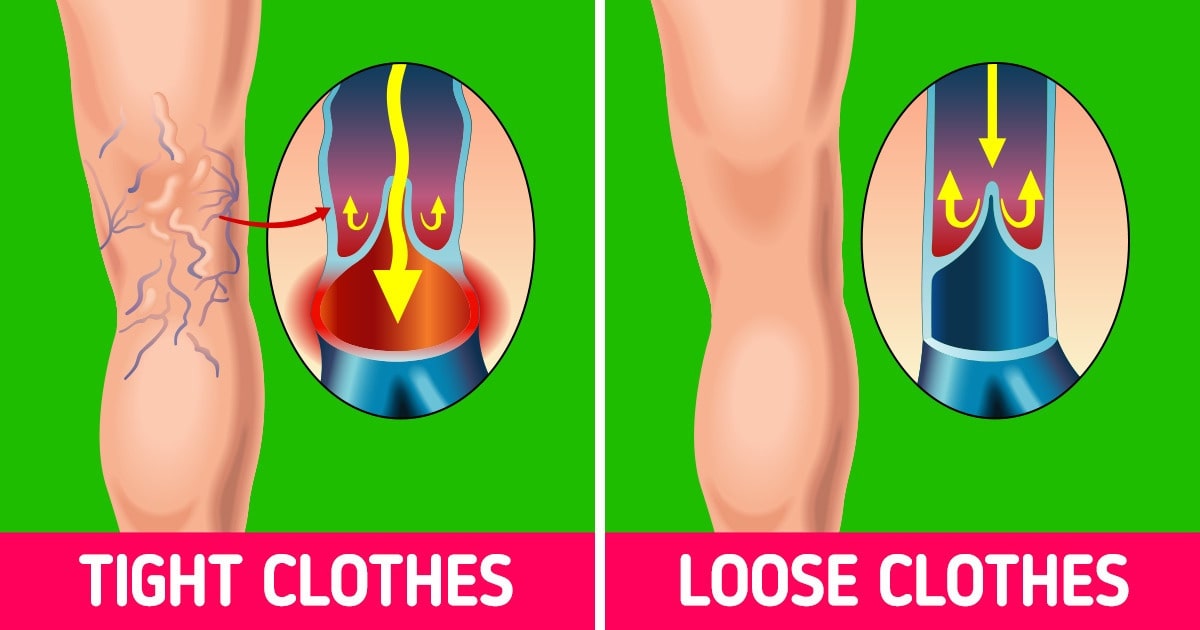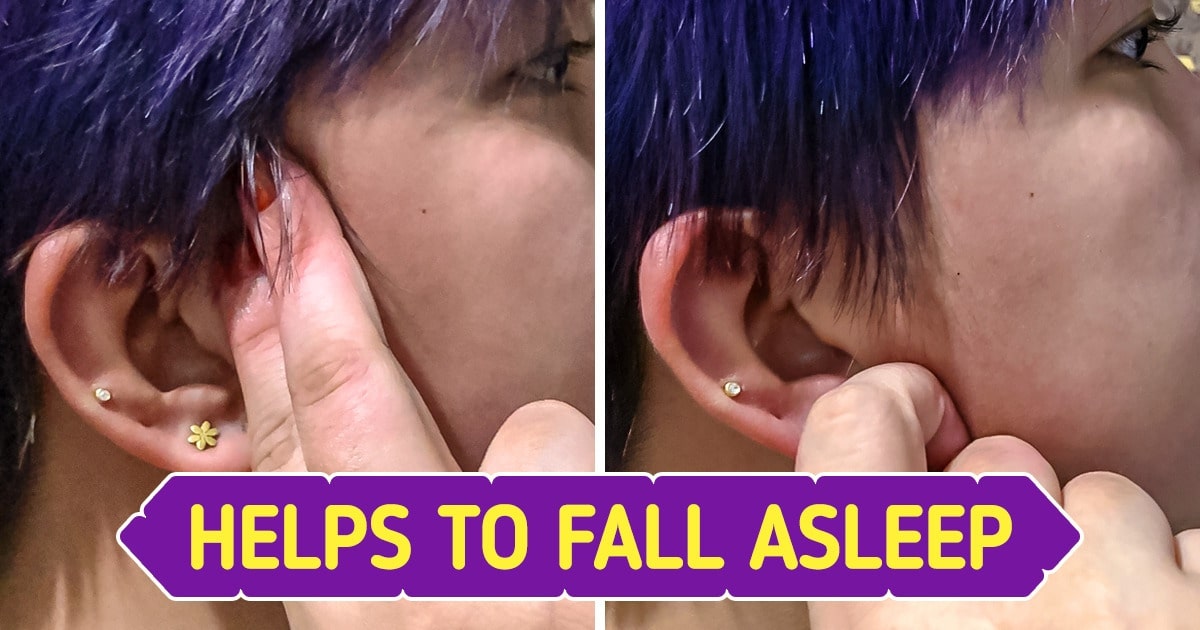Maintaining proper personal hygiene is essential for a healthy lifestyle. However, even the most conscientious among us may be following outdated or counterproductive habits without realizing it. In this article, we dive deep into eight common hygiene practices that might be doing more harm than good. Whether it’s how you care for your hairbrush, store your bath towels, manage nose hair, or even the temperature of the water you use to wash your hands, this guide will help you rethink your daily routines and adopt practices that truly benefit your health. We’ll back our insights with expert advice and credible external references, so you can feel confident about making positive changes to your hygiene habits.
Not Cleaning Your Hairbrush Regularly: The Hidden Germ Haven
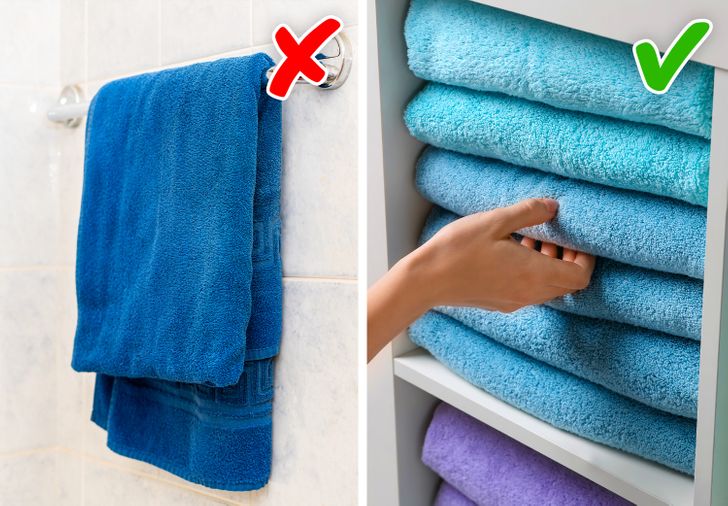
Your hairbrush is a daily tool that accumulates dirt, oils, dead skin cells, and even product residue over time. Surprisingly, many people neglect to clean their hairbrushes on a regular basis, which can lead to scalp irritation, dandruff, and even hair loss due to clogged follicles.
Why It’s a Problem:
Bacterial Build-Up: Unclean hairbrushes can harbor bacteria and fungi, which may contribute to scalp infections or exacerbate conditions like seborrheic dermatitis.
Allergen Accumulation: Dust and pollen trapped in the bristles can trigger allergies or worsen respiratory issues.
Product Residue: Over time, residue from hair care products can degrade the bristles, reducing their effectiveness and potentially harming your hair.
How to Clean Your Hairbrush:
- Frequency: Aim to clean your hairbrush at least once a week.
- Method: Remove any hair strands, then wash the brush with warm water and a mild shampoo. Use an old toothbrush to scrub between the bristles for deep cleaning.
- Drying: Allow the brush to air-dry completely before using it again.
For additional tips on maintaining a healthy scalp and hair care routines, check out Healthline’s guide on hair care.
Storing Bath Towels In The Bathroom: A Recipe for Bacterial Growth
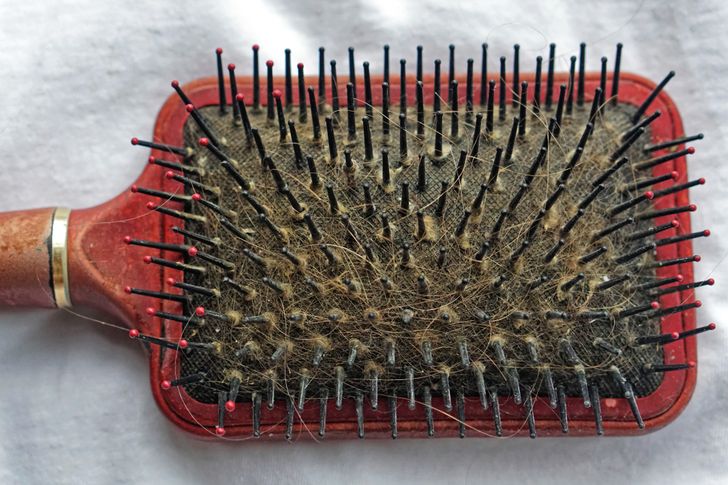
It might seem convenient to hang your bath towel right in the bathroom, but this common habit can lead to bacterial growth. Bathrooms are humid environments that provide the perfect conditions for microbes to thrive on damp towels.
The Risks Involved:
Mildew and Mold: Constant exposure to moisture can lead to the development of mold and mildew on your towels, which can cause respiratory issues and skin irritations.
Bacterial Contamination: Dirty towels can become a breeding ground for bacteria, increasing the risk of infections, especially if you have cuts or sensitive skin.
Best Practices for Towel Storage:
- Proper Drying: Always hang your towel in a well-ventilated area and allow it to dry completely between uses.
- Frequent Washing: Wash your towels after three to four uses in hot water to kill any bacteria or mold spores.
- Alternative Storage: Consider storing used towels in a laundry basket outside the humid bathroom environment.
For further reading on preventing mold and maintaining a healthy home environment, visit Mayo Clinic’s advice on mold prevention.
Completely Removing Nose Hairs: Overdoing It Can Harm Your Health
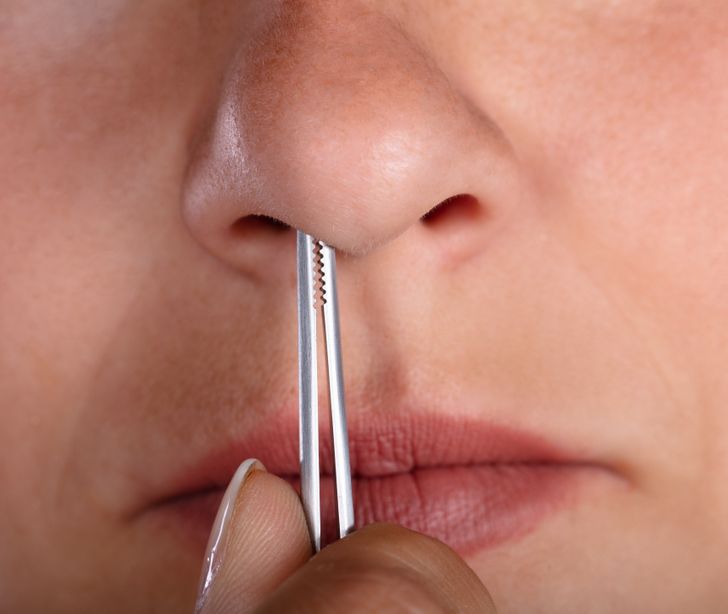
While excessive nose hair can be unsightly, nose hair plays a critical role in filtering out dust, allergens, and harmful microbes from entering your respiratory system. Completely removing them can compromise this natural defense mechanism.
The Importance of Nose Hair:
Air Filtration: Nose hairs trap particles and pollutants, preventing them from reaching your lungs.
Humidification: They also help in humidifying the air you breathe, which is important for maintaining respiratory health.
Natural Barrier: Removing too many nose hairs can make you more susceptible to infections and allergies.
A Better Approach:
- Trimming Instead of Plucking: Use a small pair of rounded-tip scissors or an electric trimmer designed for nose hair to maintain a neat appearance without completely removing the hairs.
- Hygiene: Clean your nasal passages regularly with a saline solution to remove trapped debris without damaging the hair.
For more information on maintaining healthy nasal passages, refer to WebMD’s guide on nose care.
Washing Your Hands With Hot Water: Is It Really Better?
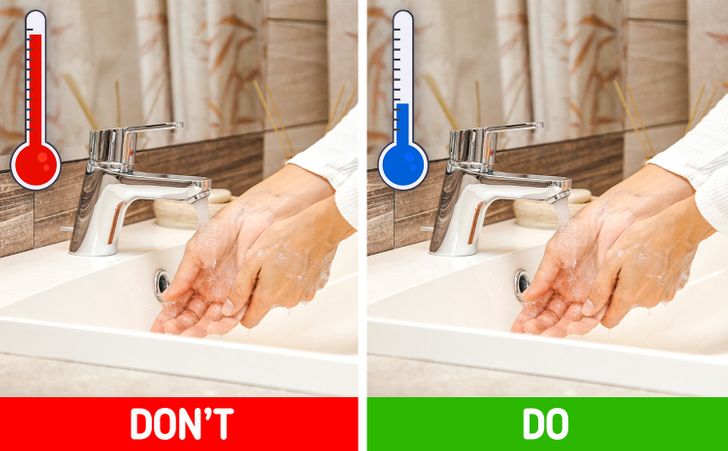
Hand hygiene is a cornerstone of personal cleanliness, but many people assume that washing their hands with hot water is more effective than using lukewarm water. However, using water that is too hot can damage your skin and strip it of its natural oils, leading to dryness and irritation.
What the Research Says:
Skin Damage: Hot water can cause dryness, cracking, and even eczema in people with sensitive skin.
No Extra Germ-Killing Power: Studies have shown that lukewarm water, combined with proper soap, is sufficient to remove germs effectively without damaging your skin.
Optimal Hand Washing Technique:
- Water Temperature: Use lukewarm water to maintain skin moisture.
- Duration: Scrub your hands for at least 20 seconds, covering all areas including between fingers and under nails.
- Moisturize: After washing, apply a gentle, fragrance-free moisturizer to keep your skin hydrated.
The Centers for Disease Control and Prevention (CDC) provides guidelines on proper hand washing techniques to help you keep your hands healthy without overdoing it.
Putting Deodorant On Right After Your Shower: Timing Matters
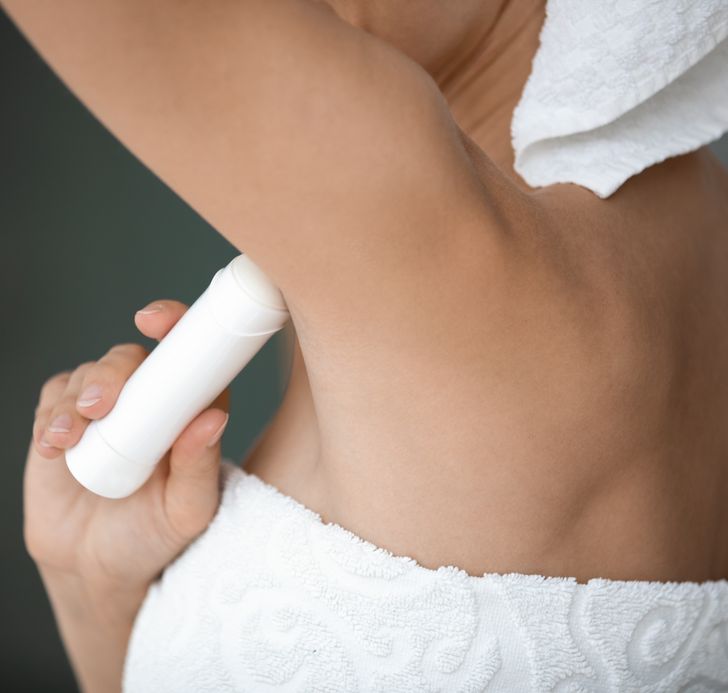
Applying deodorant immediately after a shower might seem like the best way to lock in freshness, but doing so on wet or damp skin can reduce its effectiveness and even cause skin irritation.
Understanding the Issue:
- Dilution Effect: Moisture on your skin can dilute the deodorant, reducing its ability to block sweat and odor effectively.
- Skin Irritation: Applying deodorant on damp skin can also cause irritation or even clog pores, leading to breakouts.
The Right Way to Use Deodorant:
- Dry Your Skin: Ensure your underarms are completely dry before applying deodorant.
- Allow Time for Absorption: Wait at least a few minutes after showering to allow your skin to cool and dry naturally.
- Choose the Right Formula: Consider using an aluminum-free or natural deodorant if you have sensitive skin.
For more insights into effective deodorant use and skincare routines, Healthline’s skincare guide offers valuable tips.
Washing Your Body With A Loofah: Risks of Over-Exfoliation
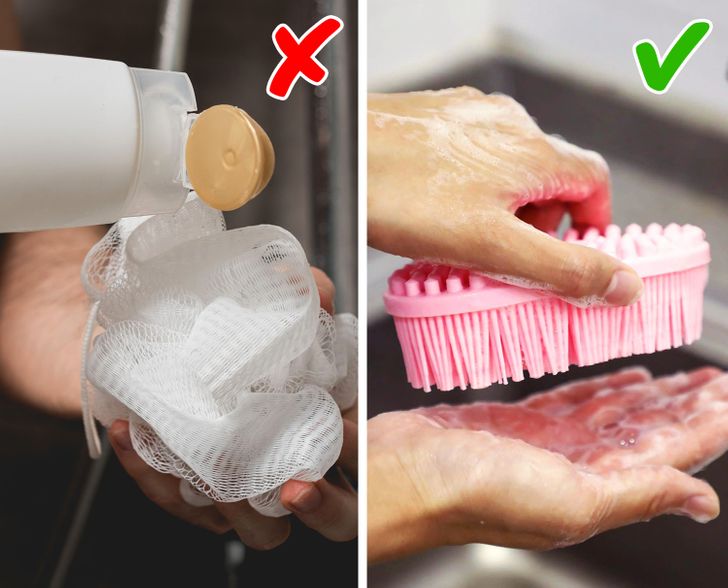
While using a loofah can help exfoliate dead skin cells and improve circulation, overusing it or not cleaning it properly can lead to skin irritation, infections, and even accelerated aging.
The Concerns with Loofahs:
- Bacteria Build-Up: Loofahs can trap bacteria and fungi if not dried and cleaned regularly, which may lead to skin infections.
- Over-Exfoliation: Excessive exfoliation can damage the skin’s natural barrier, causing dryness, irritation, and premature aging.
Safe Usage Tips:
- Cleaning: Rinse your loofah thoroughly after each use and allow it to dry completely. Replace it every few weeks or as recommended by the manufacturer.
- Gentle Exfoliation: Use the loofah only 2-3 times a week and avoid applying too much pressure on sensitive areas.
- Alternative Tools: Consider using natural sponges or washcloths as a gentler alternative.
For additional guidance on proper exfoliation and skin care, see American Academy of Dermatology.
Cleaning The Bathroom At Room Temperature: Rethinking Your Disinfecting Routine
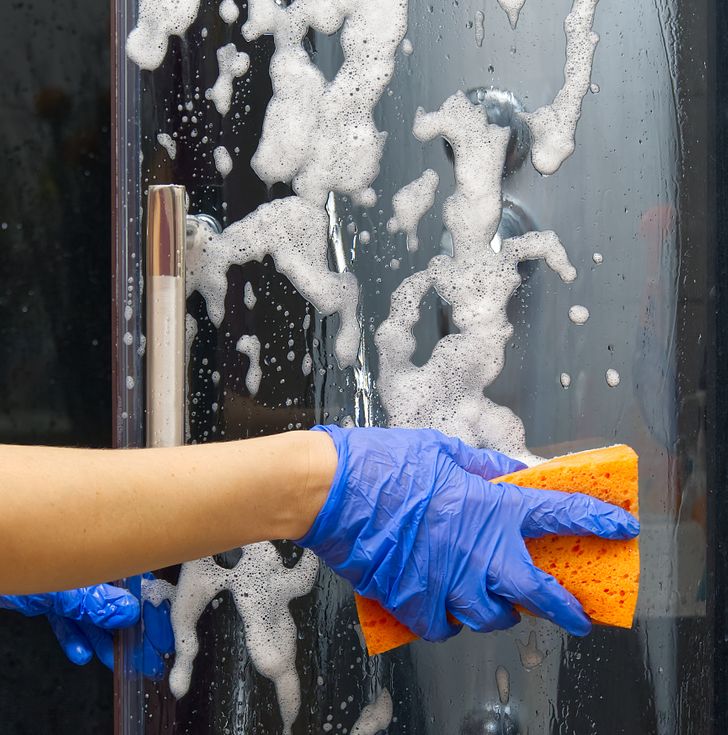
Maintaining a clean bathroom is essential for personal hygiene, but many people unknowingly reduce the effectiveness of their cleaning efforts by using cleaning products at room temperature. Temperature can play a significant role in the ability of cleaning agents to break down dirt, grime, and bacteria.
Why Temperature Matters:
- Enhanced Cleaning: Warm water can increase the effectiveness of cleaning products, helping to dissolve oils and remove stubborn residues more efficiently.
- Better Disinfection: Certain disinfectants work best when used with warm water, ensuring that harmful bacteria and viruses are thoroughly eradicated.
- Faster Drying: Warm conditions can help surfaces dry faster, reducing the likelihood of mold and mildew formation.
Improving Your Bathroom Cleaning Routine:
- Use Warm Water: When cleaning surfaces, opt for warm water mixed with your cleaning solution.
- Follow Manufacturer Instructions: Ensure you’re using cleaning products as directed for optimal performance.
- Regular Deep Cleaning: Incorporate a deep cleaning routine weekly to keep your bathroom hygienic and free from harmful microbes.
For further insights on effective cleaning methods and maintaining a healthy home environment, check out Environmental Protection Agency (EPA) guidelines on cleaning.
Going Barefoot In A Public Shower: Minimizing Infection Risks
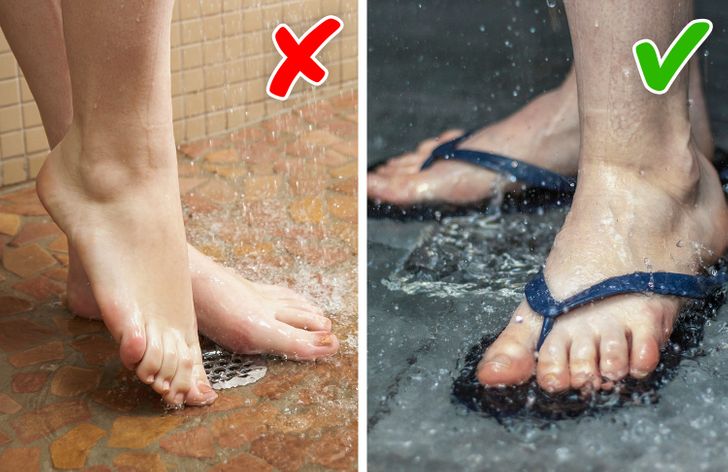
Public showers, such as those in gyms, pools, or dormitories, can be breeding grounds for bacteria, fungi, and viruses. Walking barefoot in these environments exposes your feet to infections like athlete’s foot, plantar warts, and other fungal infections.
The Dangers of Public Showers:
Fungal Infections: Damp and warm conditions in public showers create the perfect environment for fungi to thrive.
Bacterial Exposure: Hard surfaces and communal areas can harbor bacteria that may cause skin infections or exacerbate existing conditions.
Injury Risk: Without proper footwear, you are also at risk of cuts, abrasions, or slips that can lead to further complications.
Preventative Measures:
- Wear Shower Shoes: Always use waterproof sandals or flip-flops in public showers to protect your feet.
- Dry Your Feet: After using public showers, ensure you thoroughly dry your feet, paying close attention to the spaces between your toes.
- Maintain Foot Hygiene: Clean your feet regularly and inspect them for any signs of infection or injury.
For more information on preventing infections in public spaces, refer to CDC’s guidelines on public health and hygiene.
Conclusion: Revamp Your Hygiene Routine for Better Health
Personal hygiene is more than just a set of daily practices—it’s an evolving journey toward improved health and well-being. By rethinking and refining common habits such as cleaning your hairbrush, proper towel storage, and safe practices in public showers, you can minimize health risks and create a more sanitary living environment.
Embracing these eight insights into personal hygiene not only protects you from infections and skin issues but also promotes overall wellness. Whether it’s adjusting the way you wash your hands, rethinking the timing of your deodorant application, or simply ensuring your loofah is properly maintained, every small change can lead to significant benefits.
Remember, the key to a healthy hygiene routine lies in consistency, proper technique, and using credible, science-backed information. For more tips and expert advice, explore reputable sources like Healthline, Mayo Clinic, and the American Academy of Dermatology.
By revamping your hygiene habits today, you are investing in a cleaner, healthier, and more confident you. Adopt these strategies, spread the word, and enjoy the benefits of an improved personal hygiene routine.
Preview photo credit depositphotos.com, depositphotos.com, depositphotos.com
